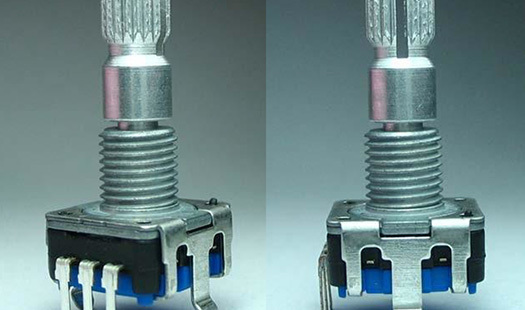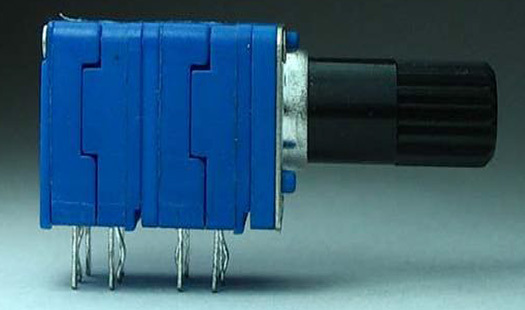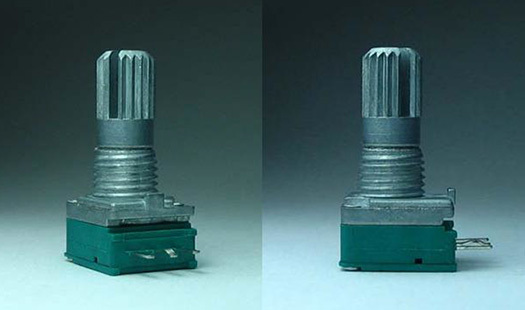Understanding the Rotary Potentiometer: A Key Player in Modern Electronics
Apr 12,2025
The Unsung Hero of Circuit Boards
Ah, the rotary potentiometer! You might not realize it, but this little component plays a massive role in the world of electronics. Whether you’re adjusting the volume on your favorite radio or fine-tuning the brightness of your LED lights, chances are, a rotary potentiometer is at work behind the scenes.
What Exactly is a Rotary Potentiometer?
So, what’s the deal with a rotary potentiometer? In layman’s terms, it’s a variable resistor that allows you to control electrical resistance by turning a knob. This simple action translates into varied output signals, which can manipulate anything from audio levels to the speed of a motor. It’s like having a magic dial!
How Does it Work?
Now, let’s get a bit technical, but don’t worry, I’ll keep it straightforward. A rotary potentiometer consists of three terminals: two connected to a resistive element and one connected to a wiper. When you turn the knob, the wiper slides across the resistive element, changing the resistance and adjusting the output voltage. It’s like adjusting the volume on your favorite playlist—smooth and satisfying!
Types of Rotary Potentiometers
Not all rotary potentiometers are created equal! Here’s a breakdown of the main types:
- Linear Potentiometers: These provide a straight-line output as you turn the knob.
- Logarithmic Potentiometers: Commonly used in audio applications, these give a more natural feel when adjusting volume.
- Multi-turn Potentiometers: For fine adjustments, these can be rotated multiple times for precise control.
Applications Galore!
From consumer electronics to industrial machinery, rotary potentiometers are everywhere! Here are some common applications:
- Audio Equipment: Think mixers and amplifiers.
- Television Sets: For adjusting brightness and color settings.
- Robotics: Used in servos for precise movement control.
- Home Automation: Control your lights and temperature with a twist!
Benefits of Using Rotary Potentiometers
Why should you care about these nifty devices? Here’s a quick rundown:
- Simplicity: They’re easy to use and understand.
- Versatility: Suitable for various applications.
- Cost-Effective: Generally inexpensive and readily available.
A Quick Look at Maintenance
Keeping your rotary potentiometer in tip-top shape is crucial! Dust and grime can cause it to malfunction. A gentle cleaning with a soft cloth and some contact cleaner can work wonders. Just remember not to soak it; less is more!
Future of Rotary Potentiometers
As technology continues to advance, the rotary potentiometer is evolving too. With the rise of digital interfaces, hybrid potentiometers that combine analog and digital features are becoming more common. This means even more precise control and greater functionality. Exciting times ahead!
Conclusion: The Mighty Little Knob
In conclusion, the rotary potentiometer may be small, but its impact is enormous. Whether you’re an electronics enthusiast or just a curious reader, understanding this component gives you a peek into the intricate world of electronics. So, next time you twist a knob, remember the little hero making it all possible!
More Information
More Information
RECOMMENDED










